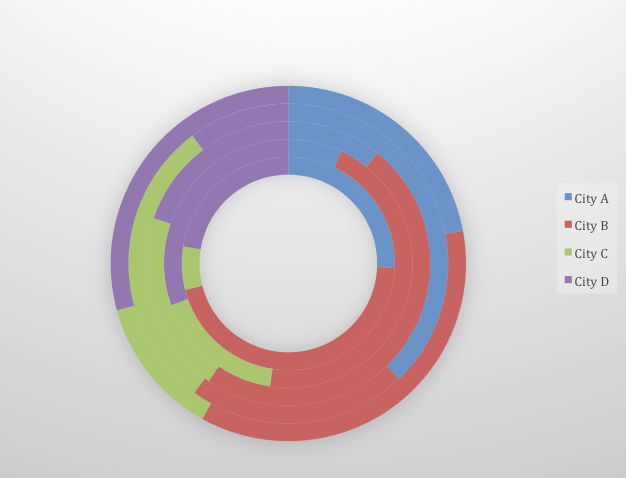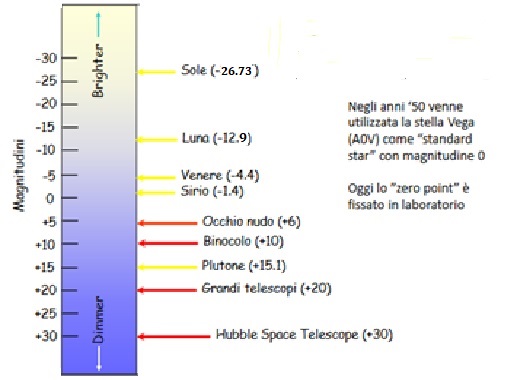

As early as 1655 the university of Angers had distinguished him with an honorary degree of doctor of laws. The invention dates from 1656 on the 16th of June 1657 Huygens presented his first "pendulum-clock" to the states-general and the Horologium, containing a description of the requisite mechanism, was published in 1658. His application of the pendulum to regulate the movement of clocks sprang from his experience of the need for an exact measure of time in observing the heavens. Huygens was also in 1656 the first effective observer of the Orion Nebula he delineated the bright region still known by his name, and detected the multiple character of its nuclear star. Each discovery in turn was, according to the prevailing custom, announced to the learned world under the veil of an anagram - removed, in the case of the first, by the publication, early in 1656, of the little tract De Saturni luna observatio nova but retained, as regards the second, until 1659, when in the Systema Saturnium the varying appearances of the so-called "triple planet" were clearly explained as the phases of a ring inclined at an angle of 28 degrees to the ecliptic. The immediate results of the clearer definition obtained were the detection of a satellite to Saturn (the sixth in order of distance from its primary), and the resolution into their true form of the abnormal appendages to that planet. But the difficulties interposed by spherical and chromatic aberration had arrested progress in that direction until, in 1655, Huygens, working with his brother Constantijn, hit upon a new method of grinding and polishing lenses. The improvement of the telescope was justly regarded as a sine qua non for the advancement of astronomical knowledge. This first essay ( Exetasis quadraturae circuli, Leiden, 1651) was quickly succeeded by his Theoremata de quadratura hyperboles, ellipsis, et circuli while, in a treatise entitled De circuli magnitudine inventa, he made, three years later, the closest approximation so far obtained to the ratio of the circumference to the diameter of a circle.Īnother class of subjects was now to engage his attention. In 1649 he accompanied the mission of Henry, count of Nassau, to Denmark, and in 1651 entered the lists of science as an assailant of the unsound system of quadratures adopted by Gregory of St Vincent.

His mathematical bent, however, soon diverted him from legal studies, and the perusal of some of his earliest theorems enabled Descartes to predict his future greatness. van Schooten, and completed in the juridical school of Breda. From his father he received the rudiments of his education, which was continued at Leiden under A. He was the second son of Sir Constantijn Huygens. Occupation: Physicist, Mathematician, Astronomerĭutch mathematician, mechanician, astronomer and physicist, born at the Hague on the 14th of April 1629. Remains: Buried, Grote Kirk, The Hague, Netherlands Location of death: The Hague, Netherlands


 0 kommentar(er)
0 kommentar(er)
